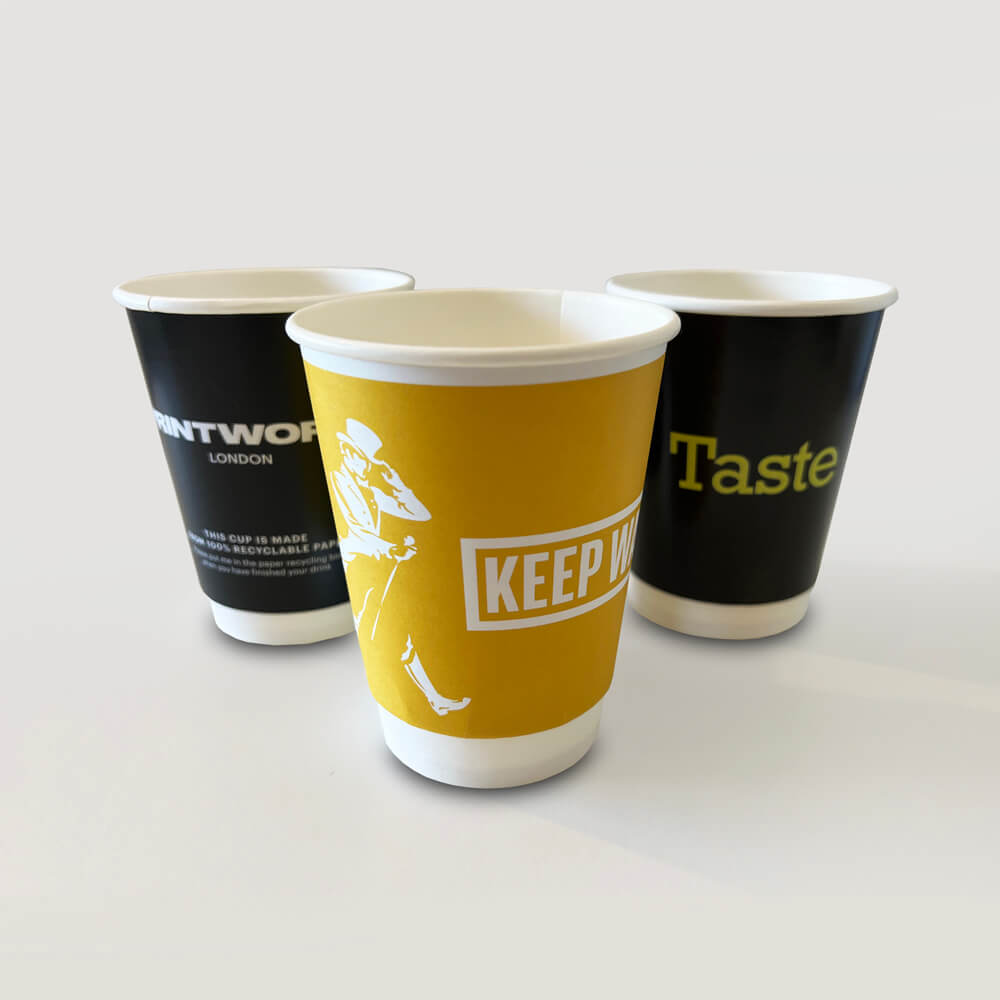The Evolution and Importance of Wine Packaging
The world of wine is not just about the liquid inside the bottle; the packaging plays a crucial role in defining the product, attracting consumers, and preserving quality. Wine packaging has evolved significantly over the years, influenced by factors such as branding, sustainability, and consumer preferences. This article delves into the importance of wine packaging and the trends shaping its future.
Aesthetic Appeal and Branding
Wine packaging is often the first interaction consumers have with a product. The visual appeal of a wine bottle—its shape, label design, and color—can heavily influence purchasing decisions. Winemakers invest substantial effort in creating labels that reflect the vineyard’s heritage, the wine’s character, and the story behind the bottle. A well-designed label not only catches the eye but also communicates essential information about the wine, such as the grape variety, vintage, and tasting notes.
Additionally, the advent of social media has amplified the importance of aesthetically pleasing packaging. Consumers are more likely to share photos of visually appealing bottles on platforms like Instagram, resulting in organic marketing. As a result, wineries are continuously innovating their packaging to stand out in a competitive market.
Environmental Concerns
Sustainability has become a significant driver in the wine packaging industry. With an increasing awareness of environmental issues, consumers are gravitating towards eco-friendly packaging options. Traditional glass bottles, while classic, are heavy and contribute to a larger carbon footprint during transportation. In response, producers are exploring alternatives such as lightweight bottles, bag-in-box packaging, and even canned wines.
These alternatives not only reduce the environmental impact but also cater to consumer convenience. For example, bag-in-box packaging is ideal for outdoor activities, offering portability without sacrificing quality. Canned wines have also gained traction, appealing to younger audiences who appreciate approachable, easy-to-drink options.
wine packaging

Preservation of Quality
Another significant consideration in wine packaging is the preservation of quality. The interaction between wine and its packaging can affect the aging process and overall taste. Winemakers are continually researching and experimenting with materials to enhance the longevity of the wine.
Traditionally, cork has been the go-to closure for wine bottles. However, it is not without its drawbacks, including cork taint, which can spoil the wine. As a result, many producers are now opting for alternative closures such as synthetic corks and screw caps, which are seen as offering better protection against oxidation and contamination.
Customization and Personalization
The rise of e-commerce has also influenced wine packaging. Online shopping allows for greater customization, enabling consumers to choose personalized labels for gifts or special occasions. This trend has opened up new marketing opportunities for wineries, as customized packaging can create a deeper connection between the consumer and the product.
Conclusion
Wine packaging is much more than a mere container; it is a vital component of the wine experience. Aesthetics, sustainability, quality preservation, and personalization are all key factors driving innovation in the industry. As the wine market continues to evolve, producers must stay attuned to these trends to meet consumer demands and ensure their products remain competitive. The future of wine packaging promises exciting developments, blending tradition with modernity in a world that values both creativity and responsibility.



